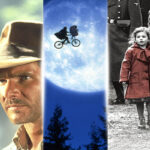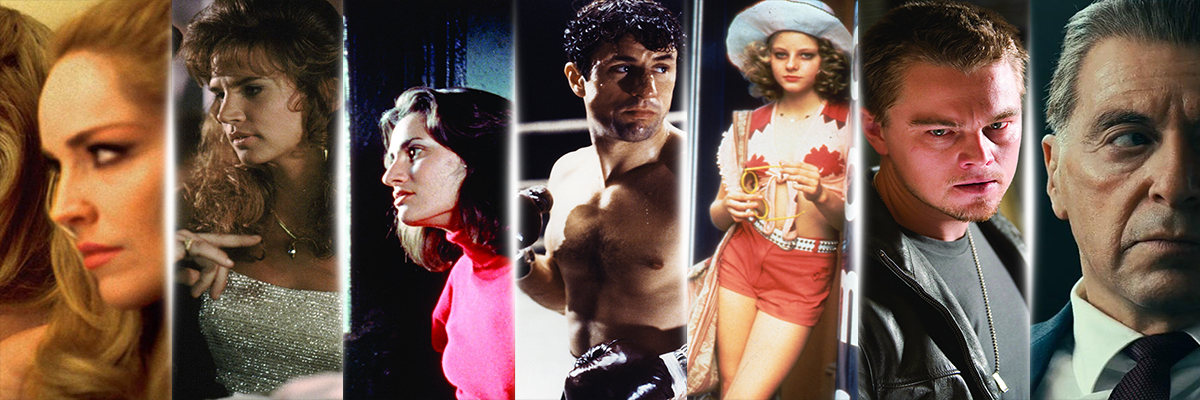
Top 7 Martin Scorsese Movies
Martin Scorsese is a towering figure in the world of cinema, known for his distinct storytelling style, intricate character studies, and an unwavering commitment to exploring the complexities of the human experience. Over the course of his illustrious career, Scorsese has crafted some of the most revered films in history, often delving into themes of crime, morality, and the American identity. In this article, we will explore seven of his most iconic films, examining their significance, themes, and the innovative techniques that have cemented Scorsese’s legacy as one of the greatest filmmakers of all time.
1. Taxi Driver :
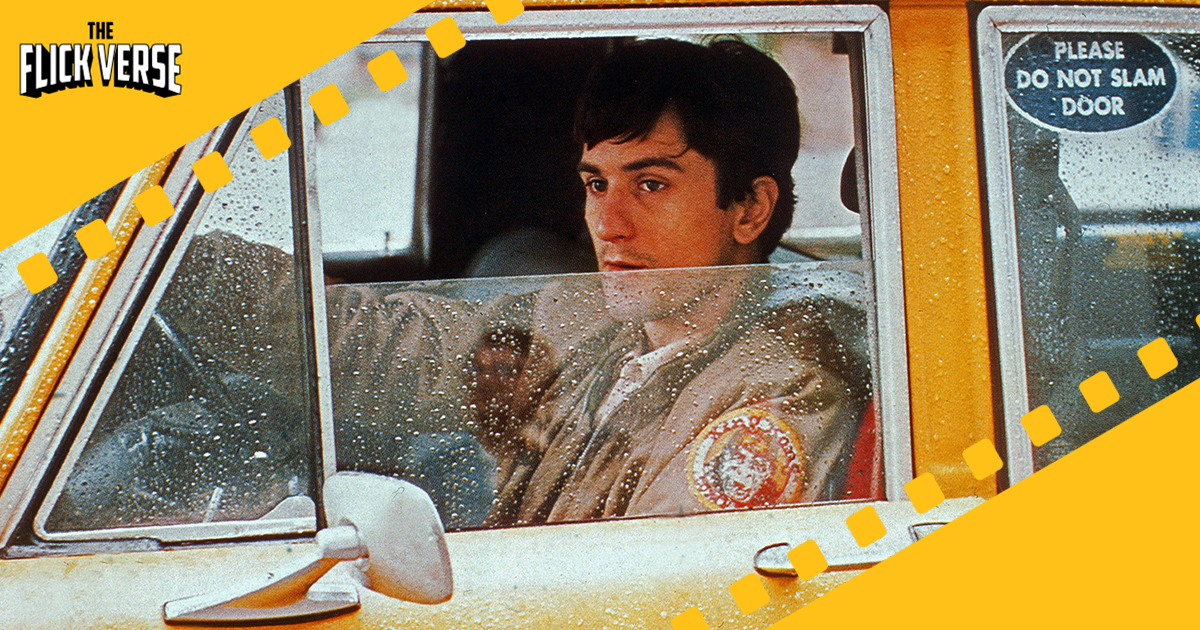
Overview
“Taxi Driver,” released in 1976, is perhaps one of Scorsese’s most iconic films, featuring the unforgettable character of Travis Bickle, portrayed masterfully by Robert De Niro. The film follows Bickle, a mentally unstable Vietnam War veteran, who becomes a vigilante in the seedy underbelly of New York City. The film is a haunting exploration of loneliness, alienation, and the quest for purpose in an increasingly chaotic world.
Impact
“Taxi Driver” is often hailed as a landmark film in American cinema. It won the Palme d’Or at the Cannes Film Festival and received several Academy Award nominations. The film’s exploration of urban isolation and moral ambiguity resonated with audiences and critics alike, making it a cultural touchstone of the 1970s.
Key Elements
Scorsese’s use of New York City as a character in itself is profound, capturing the grit and grime of the urban landscape. The film’s iconic line, “You talkin’ to me?” has entered the annals of pop culture, symbolizing Bickle’s descent into madness. The haunting score by Bernard Herrmann, coupled with Scorsese’s innovative direction, creates a palpable sense of tension throughout the film.
2. Goodfellas :
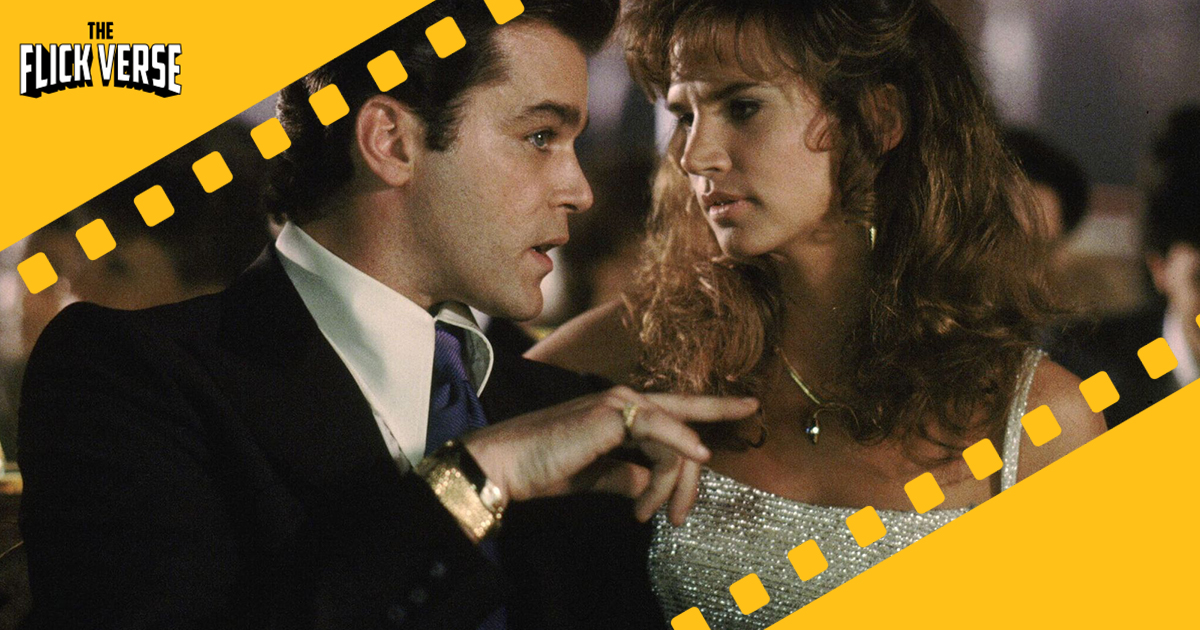
Overview
“Goodfellas,” released in 1990, is widely regarded as one of the greatest gangster films of all time. Based on the true story of Henry Hill, played by Ray Liotta, the film chronicles his rise and fall within the Mafia, showcasing the allure and brutality of organized crime. The film features an ensemble cast, including Robert De Niro and Joe Pesci.
Impact
“Goodfellas” received critical acclaim upon its release and has since become a cultural phenomenon. It was nominated for six Academy Awards, including Best Supporting Actor for Joe Pesci, who delivered a chilling performance as the volatile Tommy DeVito. The film’s influence on the gangster genre is immeasurable, leading to a resurgence of interest in crime films in the 1990s.
Key Elements
Scorsese’s signature style is on full display in “Goodfellas,” characterized by dynamic camera movements, voiceover narration, and a meticulously curated soundtrack that enhances the film’s emotional impact. The film’s famous “Copacabana” tracking shot, which follows Henry and Karen Hill as they navigate the nightclub, is a masterclass in cinematography. The film’s exploration of loyalty, betrayal, and the American Dream serves as a powerful commentary on the nature of crime in America.
3. Raging Bull :
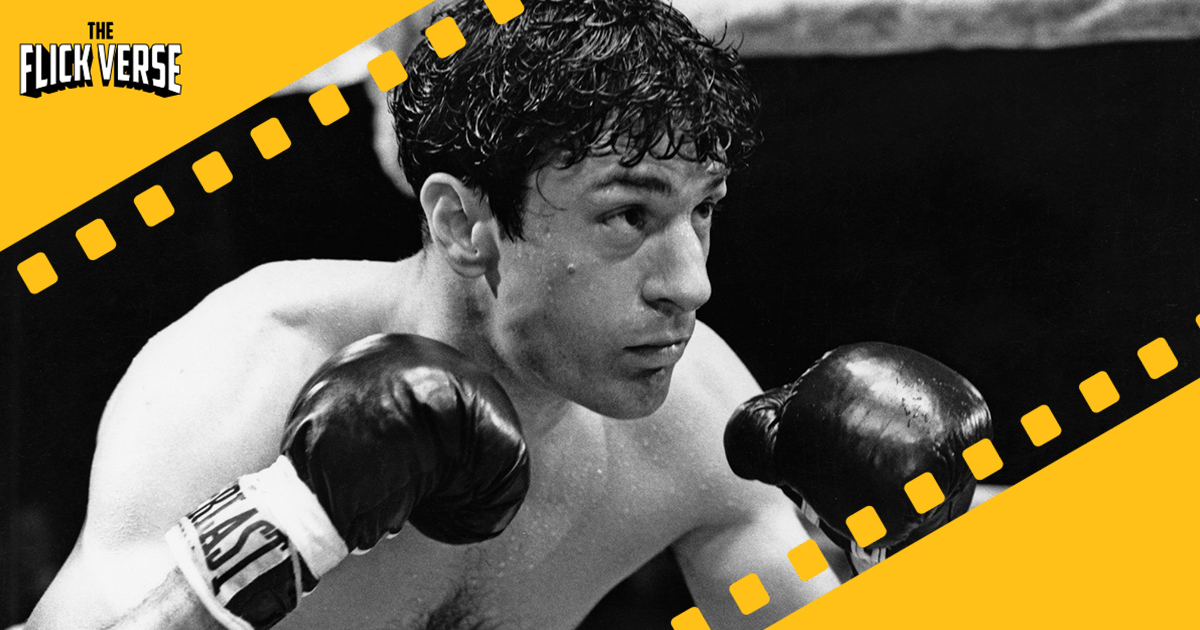
Overview
“Raging Bull,” released in 1980, is a biographical sports drama that tells the story of Jake LaMotta, a troubled boxer whose violent nature leads to his downfall. Robert De Niro delivers a powerhouse performance as LaMotta, showcasing the character’s inner turmoil and self-destructive tendencies.
Impact
The film was met with critical acclaim and is often considered one of the greatest films ever made. De Niro won the Academy Award for Best Actor, and the film itself received several nominations, including Best Picture. “Raging Bull” is notable for its intense performances and its exploration of themes such as masculinity, violence, and redemption.
Key Elements
Scorsese’s innovative use of black-and-white cinematography, combined with the powerful performances from the cast, creates a raw and intimate portrayal of LaMotta’s life. The film’s boxing sequences are visceral and realistic, showcasing Scorsese’s ability to capture the brutality of the sport. The emotional depth of the film, coupled with its exploration of LaMotta’s tumultuous relationships, elevates “Raging Bull” to a profound examination of the human condition.
4. The Departed :
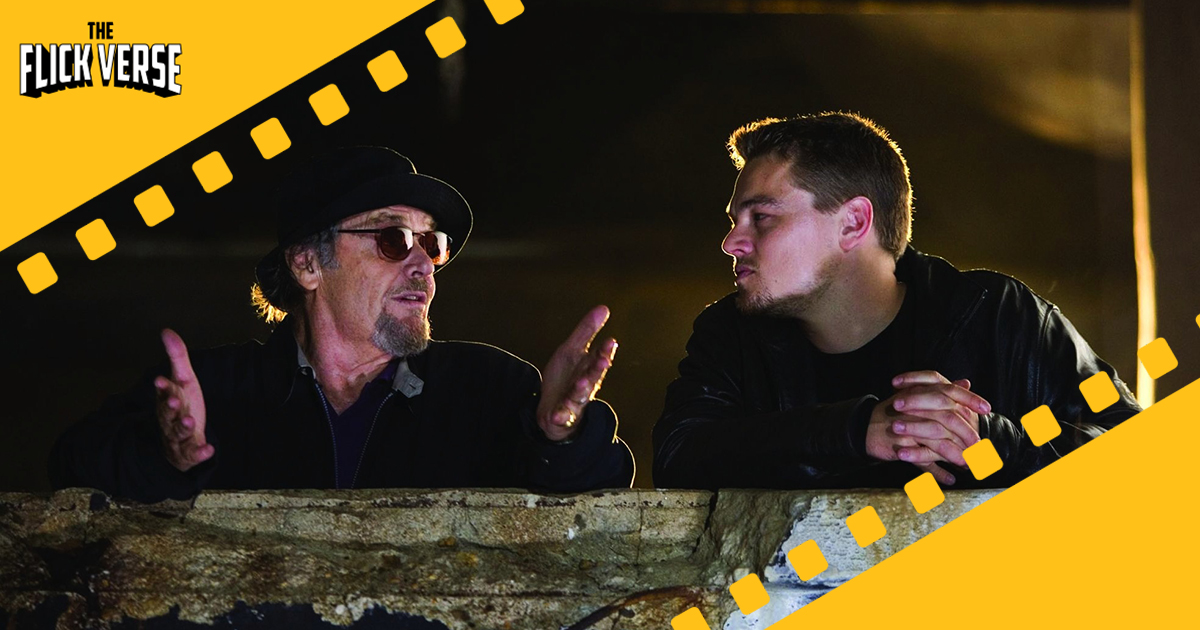
Overview
“The Departed,” released in 2006, is a gripping crime thriller that explores the world of undercover police work and organized crime in Boston. The film features an all-star cast, including Leonardo DiCaprio, Matt Damon, and Jack Nicholson. It tells the story of a mole within the police department and an undercover cop trying to infiltrate the Irish mob.
Impact
“The Departed” was a critical and commercial success, winning four Academy Awards, including Best Picture and Best Director for Scorsese—his first Oscar win after several nominations throughout his career. The film’s intricate plot and intense performances solidified its status as a modern classic.
Key Elements
Scorsese’s masterful direction is evident in the film’s pacing and tension-building. The sharp editing and frequent use of music create an atmosphere of urgency and suspense. The film’s exploration of duality, loyalty, and betrayal adds depth to the narrative, culminating in a shocking and memorable conclusion that leaves audiences questioning the nature of morality.
5. Casino :
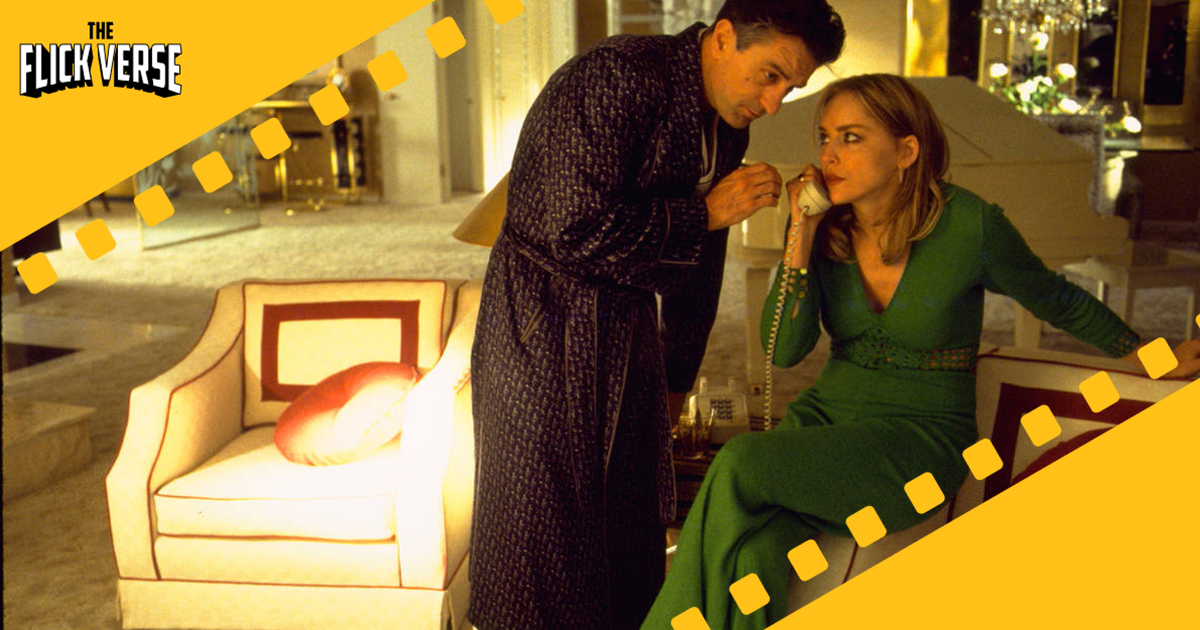
Overview
“Casino,” released in 1995, is a crime drama that explores the rise and fall of the Las Vegas gambling empire during the 1970s and 1980s. The film stars Robert De Niro as Sam “Ace” Rothstein, a casino manager, and Sharon Stone as his wife, Ginger. The film delves into the intricate relationships and power struggles within the world of organized crime.
Impact
“Casino” received critical acclaim and was nominated for several Academy Awards, including Best Actress for Stone. The film’s detailed portrayal of the Las Vegas casino scene and its exploration of themes such as greed, power, and betrayal make it a significant entry in Scorsese’s filmography.
Key Elements
The film is notable for its lavish production design and meticulous attention to detail, capturing the opulence of Las Vegas during its heyday. Scorsese’s signature style is evident in the film’s dynamic storytelling and vibrant cinematography. The use of voiceover narration provides insight into the characters’ motivations and inner conflicts, enhancing the film’s emotional depth.
6. The Irishman :
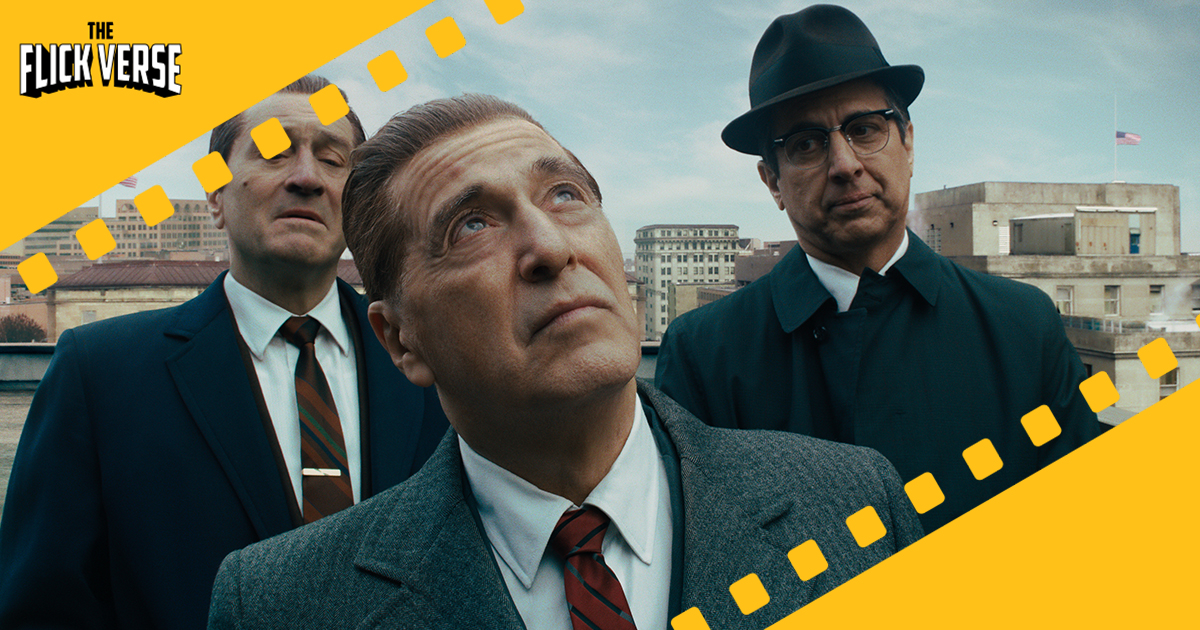
Overview
“The Irishman,” released in 2019, is a sprawling crime epic that spans several decades, following the life of Frank Sheeran, a hitman who becomes involved with the infamous Bufalino crime family. The film stars Robert De Niro, Al Pacino, and Joe Pesci, marking a reunion of Scorsese with his longtime collaborators.
Impact
“The Irishman” was met with widespread critical acclaim and received several Academy Award nominations, including Best Picture and Best Director for Scorsese. The film’s exploration of aging, regret, and the passage of time resonates deeply, making it a poignant reflection on mortality and legacy.
Key Elements
Scorsese’s use of de-aging technology to portray the characters at different stages of their lives adds a unique visual aspect to the film. The film’s epic runtime allows for an in-depth exploration of its themes, while the slow-burning narrative builds tension and emotional resonance. The film’s exploration of loyalty, betrayal, and the moral ambiguities of organized crime reflects Scorsese’s continued engagement with the complexities of human behavior.
7. Mean Streets :
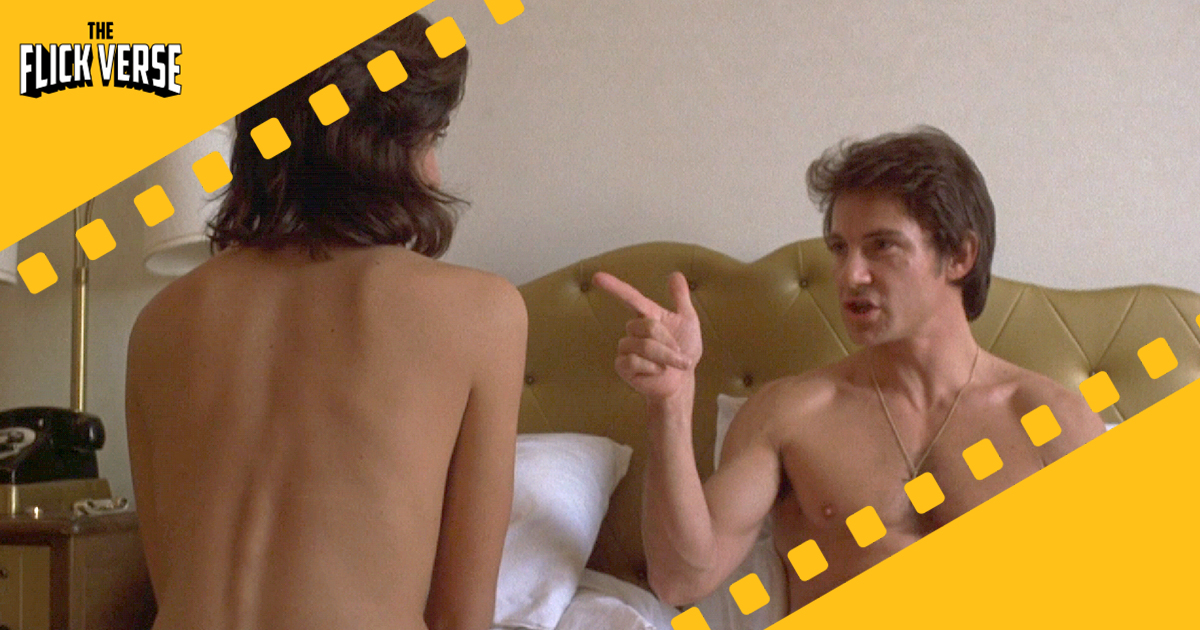
Overview
“Mean Streets,” released in 1973, is often considered Scorsese’s breakout film, establishing his unique voice in cinema. Set in New York City’s Little Italy, the film follows Charlie (Harvey Keitel), a small-time gangster trying to navigate the complexities of life and loyalty while dealing with his reckless friend Johnny Boy (Robert De Niro).
Impact
“Mean Streets” was a critical success and is credited with launching Scorsese’s career as a prominent filmmaker. The film’s raw energy and authentic portrayal of the Italian-American experience resonate with audiences and have influenced countless filmmakers in the years since.
Key Elements
Scorsese’s innovative use of music, particularly the rock and roll soundtrack, enhances the film’s emotional impact and sets the tone for the characters’ lives. The film’s exploration of moral ambiguity and the struggle for identity is a recurring theme in Scorsese’s work. The gritty realism and dynamic cinematography capture the essence of the urban landscape, establishing Scorsese’s signature style.
Conclusion
Martin Scorsese’s films are a testament to his unparalleled talent as a filmmaker and storyteller. His ability to explore complex themes, create memorable characters, and push the boundaries of cinematic expression has solidified his status as one of the greatest directors in the history of cinema. Each of the seven films discussed in this article showcases Scorsese’s unique vision and his commitment to examining the human experience through the lens of crime, morality, and identity.
From the haunting isolation of “Taxi Driver” to the sprawling epic of “The Irishman,” Scorsese’s work invites audiences to reflect on the intricacies of life, the consequences of our choices, and the moral dilemmas we face. As we continue to celebrate his contributions to cinema, it is clear that Martin Scorsese’s legacy will endure for generations to come. Whether you’re a seasoned fan or new to his films, exploring Scorsese’s body of work is a journey that promises to be both enlightening and profoundly moving.
For More – Visit our Web Stories.
Alternative Movies Posters – Digital Download | Minimal Posters | Instant Download





